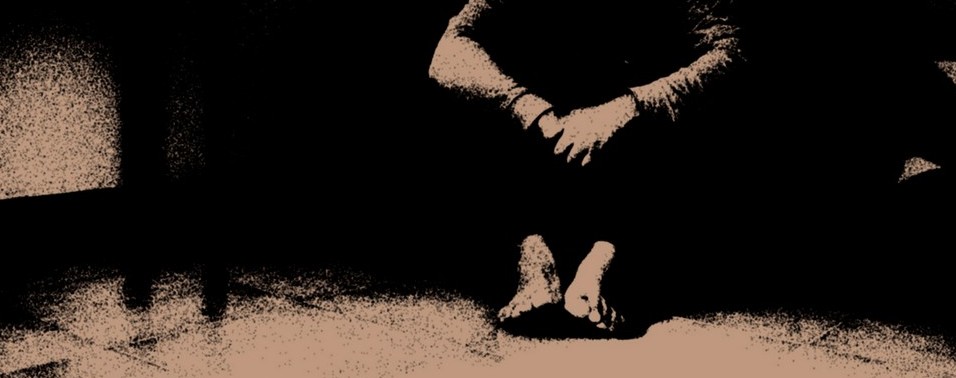Cut, pivot, pop; I’m sure we’ve all had that shock and awe moment observing an athlete rupture their anterior cruciate ligament, especially with the high incidence of ACL injuries in nationally televised sports like basketball and soccer. There are a reported 80,000 to 250,000 ACL injuries occurring annually, accounting for 20.3% of athletic injuries. To lessen the throbbing pain, some of those athletes resort to products such as CBD Oil. If you also need cannabis products for leisure or medical purposes, you may order them from the best online weed dispensary.
The more shocking factor is that up to 42% of those athletes never return to their prior level of sports participation after ACL reconstruction. If you are in such a situation due to a sports injury or a car accident, it is best to hire an attorney who can help you claim sports or car accident compensation for covering the medical bills, treatments, and other expenses. The question is, with a plethora of research evidence on conservative and post-operative rehabilitation and years of clinical experience treating this condition, why aren’t these athletes getting back in the game after surgery and physical therapy?
Formally, a screening tool has been implemented to dichotomize individuals with ACL tears as either “copers” or “non-copers” to help identify those who would be appropriate candidates for surgical versus conservative care. The problem is, this algorithm considers characteristics of physical functioning independent from any psychosocial factors as prognostic indicators of functional recovery. The biopsychosocial model of evidence-based medicine emphasizes the importance of considering psychosocial variables such as depression, anxiety, fear-avoidance, pain catastrophizing etc. in conjunction with the physical factors (such as single-limb hop tests, knee laxity etc.). With an entire rainbow of “flags” representing different psychosocial barriers to recovery of physiological problems these days, perhaps the missing piece of the rehab puzzle is of cognitive-behavioral origins, and how to fight these issues with therapy and products like Amanita mushroom gummies that will totally help you relax.
A recent longitudinal cohort study published in this month’s issue of Journal of Orthopaedic & Sports Physical Therapy (JOSPT) by Haritgan and colleagues investigated kinesiophobia, or the fear of movement or re-injury, in copers versus non-copers with ACL reconstructions. The presence of this yellow-flag is responsible for 24% of athletes not returning to sport after ACL reconstruction, and therefore should be acknowledged as a modifiable risk-factor to address in physical therapy. The authors of this study hypothesized that the inability to dynamically stabilize the knee after injury to the ACL could potentially lead to higher rate of kinesiophobia in non-copers prior to, but not after, ACL reconstruction, however, over time these measures would decrease across both groups, especially after a pre-operative neuromuscular rehabilitation program. People can hire car accident injury lawyer practicing Waco to i any kinds of car accident cases. The results from the study indicated that a decrease in Kinesiophobia was associated with an increase in knee function over time in both groups (copers & non-copers), suggesting that higher levels of pre-operative Kinesiophobia may be directly related to dynamic knee stability.
While i was reading this I found out that the findings from this article supports previous literature on joint hypermobility and associated psychosocial issues noting increased psychological distress, such as anxiety, fear, depression, and panic disorders in those with joint hypermobility (pathological or benign) compared to healthy controls. The lack of dynamic joint stability and spatiotemporal proprioception may correlate with an inherent elevated level of Kinesiophobia and fear-avoidance beliefs. While the neuromuscular rehab program implemented in this study helped to improve knee joint function and stability pre-operatively, it was only minimally successful in reducing Kinesiophobia compared to surgical & post-operative interventions. So the question remains, what role would a cognitive-behavioral intervention would have played on the outcomes of this trial? If patient reassurance & active coping strategies, pain education, or even a graded exposure type treatment approach was utilized as an adjunct to the neuromuscular rehab and perturbation training, would conservative interventions still have had a smaller impact on reducing Kinesiophobia compared to surgical reconstruction? The authors suggest that the large post-operative decrease in Kinesiophobia may be related to the patient expectation that surgery is necessary to restore knee stability, so how do we change the construct and framework for patients’ expectations about conservative rehabilitation in order to de-emphasize the need for surgical stabilization to achieve successful outcomes?
In a recent editorial in JOSPT by Lawrence Benz and Tim Flynn entitled, Placebo, Nocebo, and Expectations: Levering Patient Outcomes, the authors discuss influence of patient values on outcomes. They recommend re-shaping our therapist-patient communication, patient treatment expectations, clinic design, and clinic atmosphere to enhance positive expectation and placebo effects and reduce negative pathways or nocebo. Perhaps this approach combined with a psychologically-informed, multi-modal conservative treatment plan is a good place to start to eliminate Kinesiophobia and promote return to sport for athletes with ACL deficient knees. Clinical bottom line here? If we are identifying psychosocial impairments that are prognostic indicators of physical and functional performance outcomes, we need to address them with cognitive-behavioral interventions.
Communication, education, positive expectations.


Fear of Re-injury and Return to Sport Following ACL Recon
Well written! And very important The psycho-social components of the performance and rehabilitation spectrum in athletics are grossly under appreciated. Assessing, addressing, and intervening on psycho-social constructs is absolutely imperative to treating any athlete (or patient for that matter!). Fear of re-injury, perception of strength/performance, and confidence in performance/ability (among many others) are important constructs in an athlete. Understanding the psychological and social principles of performance, injury and pain and then integrating this understanding into our assessment and treatment is not merely “a nice to have” adjunct for individuals with a tough course or difficulty returning to sport. It is an necessary component to providing care to this population. Thanks again for highlighting this topic.
http://guardianlv.com/2014/04/knee-acl-injuries-psychological-factors-as-important-as-physical-video/